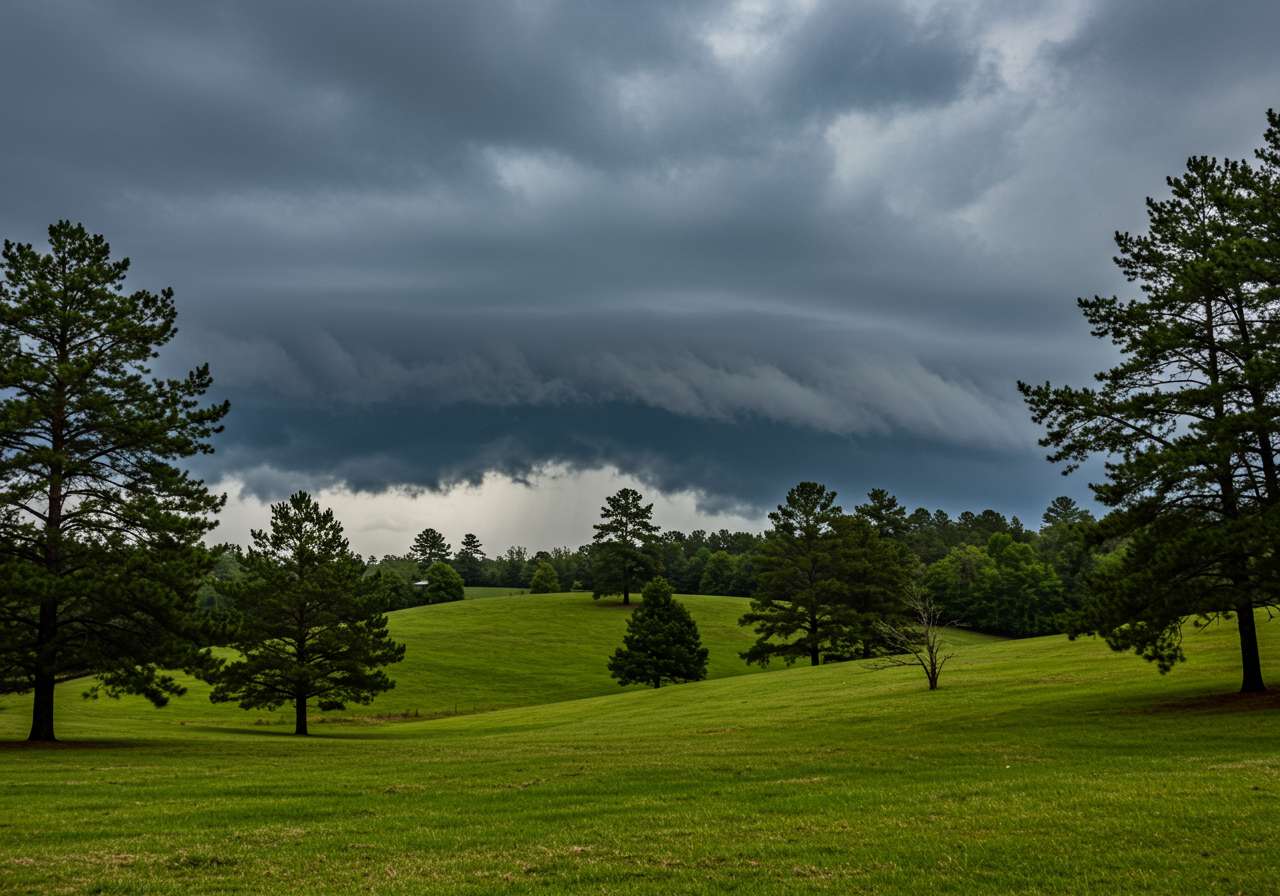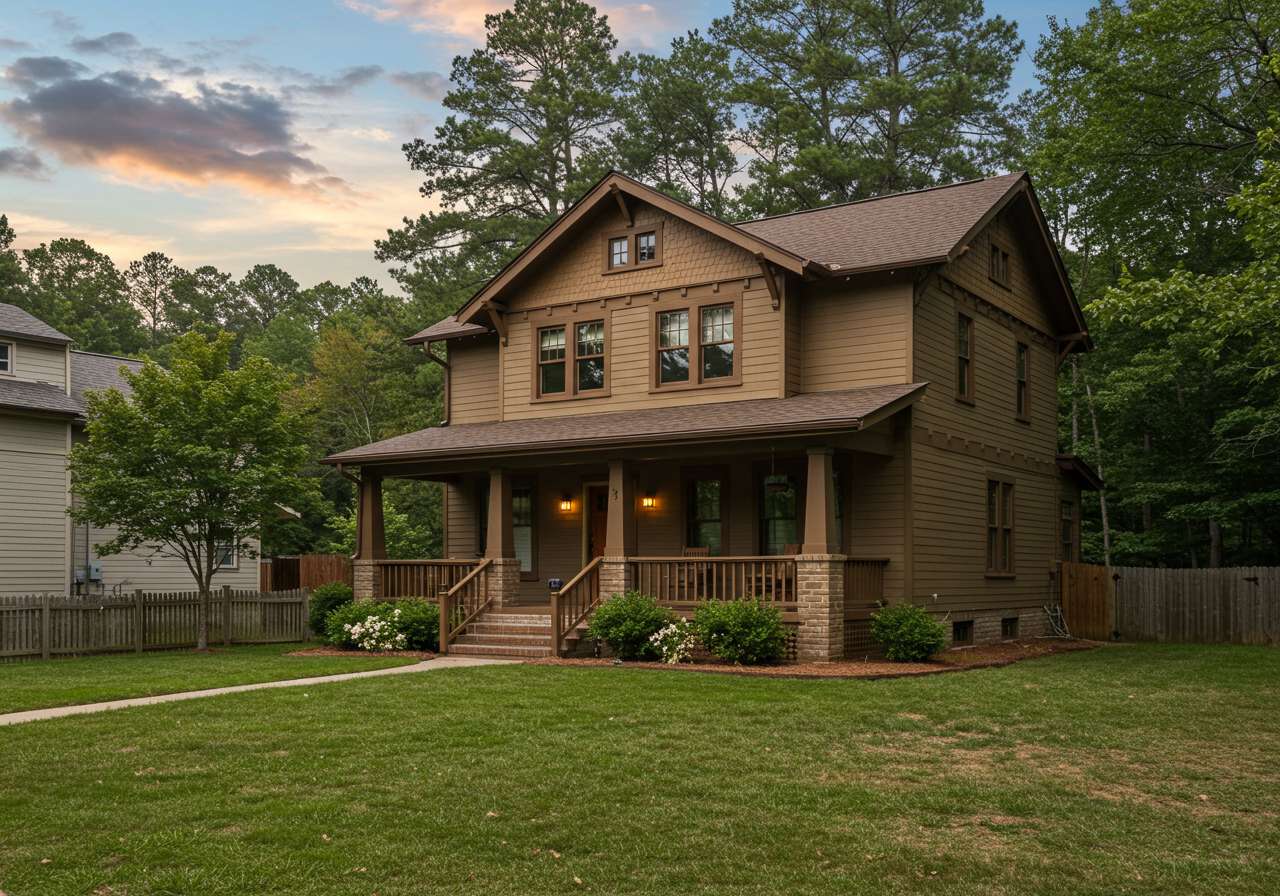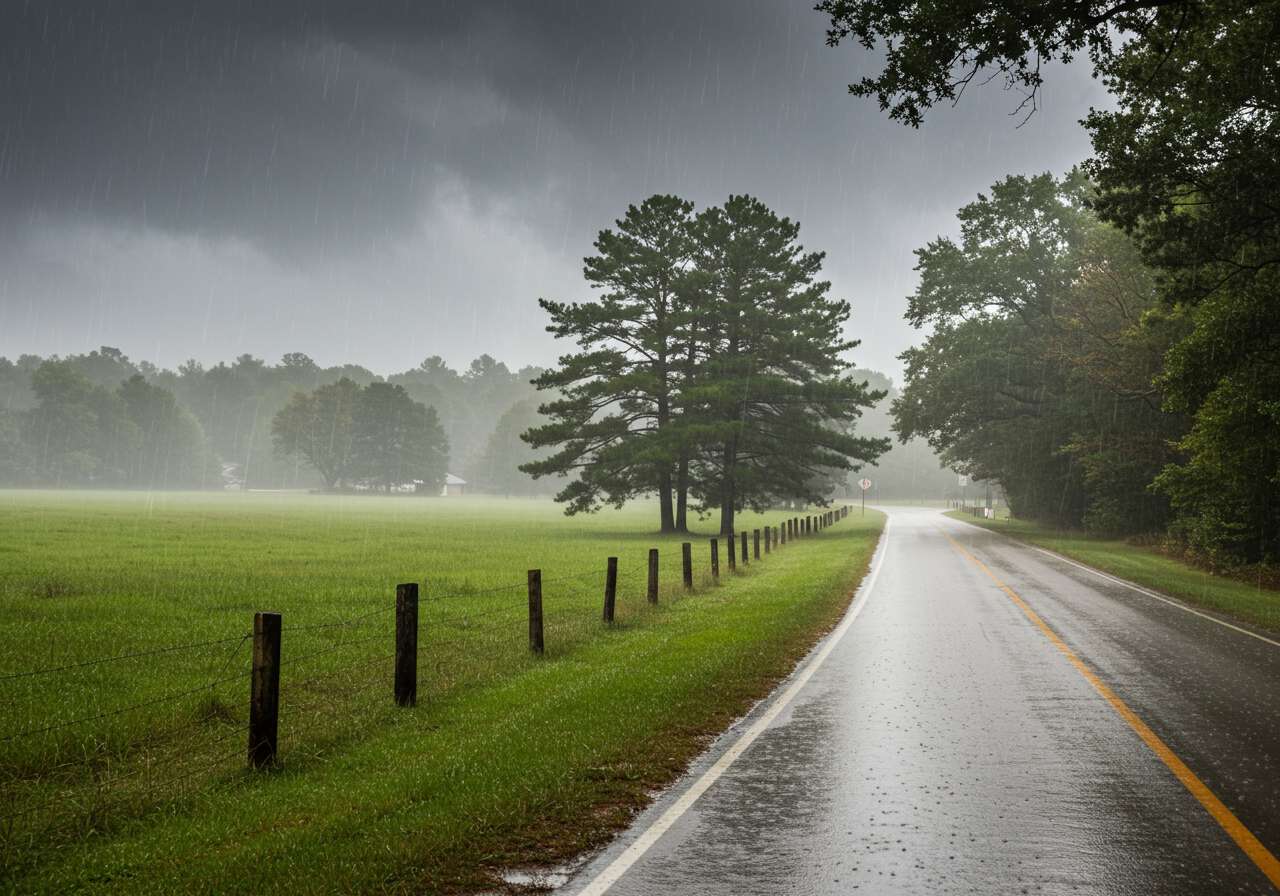Date: July 6, 2025
Alert Issued: July 6 at 11:33AM EDT
Alert Expires: July 7 at 6:00AM EDT
Flood Watch Remains in Effect: What Does It Mean for Concord Homeowners?
The National Weather Service has issued a Flood Watch for Concord, NC and much of central North Carolina due to the remnants of Tropical Depression Chantal. Heavy rainfall—1 to 3 inches, with some areas possibly seeing 4 or more—could cause flooding in low-lying, poor-drainage, and urban areas through early Monday morning. Residents should be aware of risks to their homes, transportation routes, and local infrastructure as rising water levels may impact roadways and property throughout Cabarrus County.
Storm Alert and Outdoor Plans: Stay Safe, Stay Dry
With this weather alert, it’s smart to reconsider any outdoor plans in Concord. While we didn't find any specific local outdoor events scheduled for July 6, 2025, summer in our area is typically popular for:
- Visiting Frank Liske Park for picnics or lake activities
- Walking or biking the Carolina Thread Trail
- Exploring the historic downtown Concord area
With the current flood watch, it’s best to postpone these activities and monitor local weather updates before venturing out. Always check for road closures or weather advisories before leaving home.
How Heavy Rain Can Impact Your Roof
Widespread, intense rainfall isn’t just a concern for roads and parks—it’s a major threat to your home’s roof. Roof leaks, clogged gutters, and weakened shingles are common after storms like this, and the damage often goes unnoticed until it becomes an emergency. Curious what it costs to get your roof repaired correctly after a storm? Acting quickly can prevent much bigger headaches down the line.
How to Recognize and Inspect Roof Damage After the Storm
- Check for Water Stains: Look for new spots or discoloration on ceilings and walls inside your home—these are clear signs of leaks.
- Inspect Your Attic: Use a flashlight to check for damp insulation or wood, which can mean your roof has let water in.
- Look for Missing or Damaged Shingles: After the rain stops, walk around your property and visually inspect for shingles that are cracked, curled, or missing entirely.
- Examine Gutters & Downspouts: Debris buildup or sagging can cause water to back up onto your roof, leading to further damage.
- Check for Granule Loss: If you spot dark, sand-like material in your gutters, your shingles may be deteriorating and require attention.
Not sure what you’re seeing? Remember, professional inspections are always free and can catch issues before they become costly repairs.
What Should You Do Next?
- Monitor local news and NWS flood safety updates.
- Be alert for Flood Warnings and stay prepared to act if flooding develops in your area.
- If you suspect any roof damage or leaks, request a free inspection today. We’re here to help with insurance documentation and repairs—acting fast is the best way to protect your home and peace of mind.
Flooding and severe rain are stressful, but with the right preparation and a trusted local expert on your side, you can weather any storm. Protect your home, and your investment, from whatever Mother Nature brings next.
.png)




